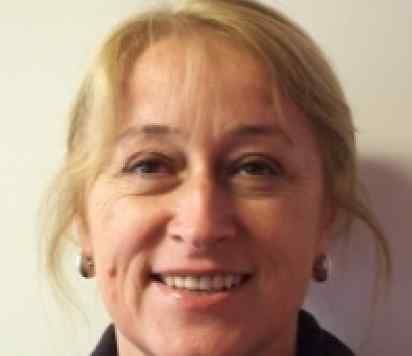The Circuits and Systems (CAS) research group pursues fundamental scientific advances and technological breakthroughs for future electronic circuits, systems, and sensors, driven by scientific curiosity and by industrial and societal needs.
The group is made up of three sub-groups:
Analogue Circuits and Systems
Analogue CAS research includes ultra low-power circuits, particularly for biomedical applications, analogue circuit synthesis, ultra wideband circuits, power amplifiers, robust analogue/mixed-signal circuits, and design methods.
Academic staff
Christos Papavassiliou
/prod01/channel_3/media/migration/faculty-of-engineering/Christos_Papavassiliou--tojpeg_1560239627016_x4.jpg)
Christos Papavassiliou
Esther Rodriguez-Villegas
/prod01/channel_3/media/migration/faculty-of-engineering/esther--tojpeg_1560239686925_x4.jpg)
Esther Rodriguez-Villegas
Bio-Inspired Technology
Inspired by lifestyle aspirations and biological systems, the Centre for Bio-inspired Technology invents, develops and demonstrates devices to meet global challenges in healthcare and well-being by mimicking living systems effectively and efficiently to create innovative and advanced technologies.
Academic staff
Digital Circuits and Systems
Digital CAS research is focussed on reconfigurable systems, including architectures, high-level synthesis tools, memory and arithmetic optimisation. We also research applications of reconfigurable hardware in domains such as video processing, network processing, bioinformatics, control and financial modelling.
Academic staff
Christos Bouganis
/prod01/channel_3/media/migration/faculty-of-engineering/christos_photo--tojpeg_1560232184947_x4.jpg)
Christos Bouganis
Peter Cheung
/prod01/channel_3/media/migration/faculty-of-engineering/cheung--tojpeg_1560237827342_x4.jpg)
Peter Cheung
George Constantinides
/prod01/channel_3/media/migration/faculty-of-engineering/constantinides--tojpeg_1560237436736_x4.jpg)
George Constantinides
John Wickerson
/prod01/channel_3/media/images/people-list/wickerson_300_400.jpg)
John Wickerson
Aaron Zhao
/prod01/channel_3/media/images/people-list/aaron.jpeg)
Aaron Zhao
Apply for PhD study
We are always looking for talented PhD applicants. It is not strictly necessary to contact a potential supervisor before making your application, but you may wish to do so in order to informally discuss research topics.
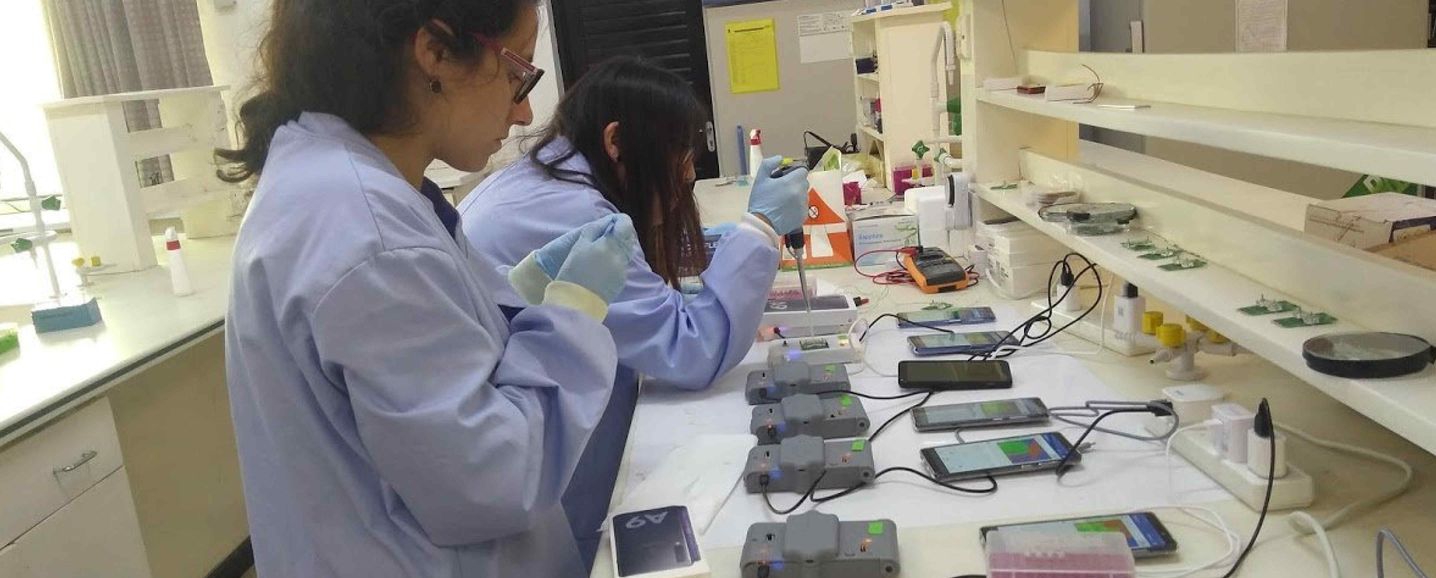
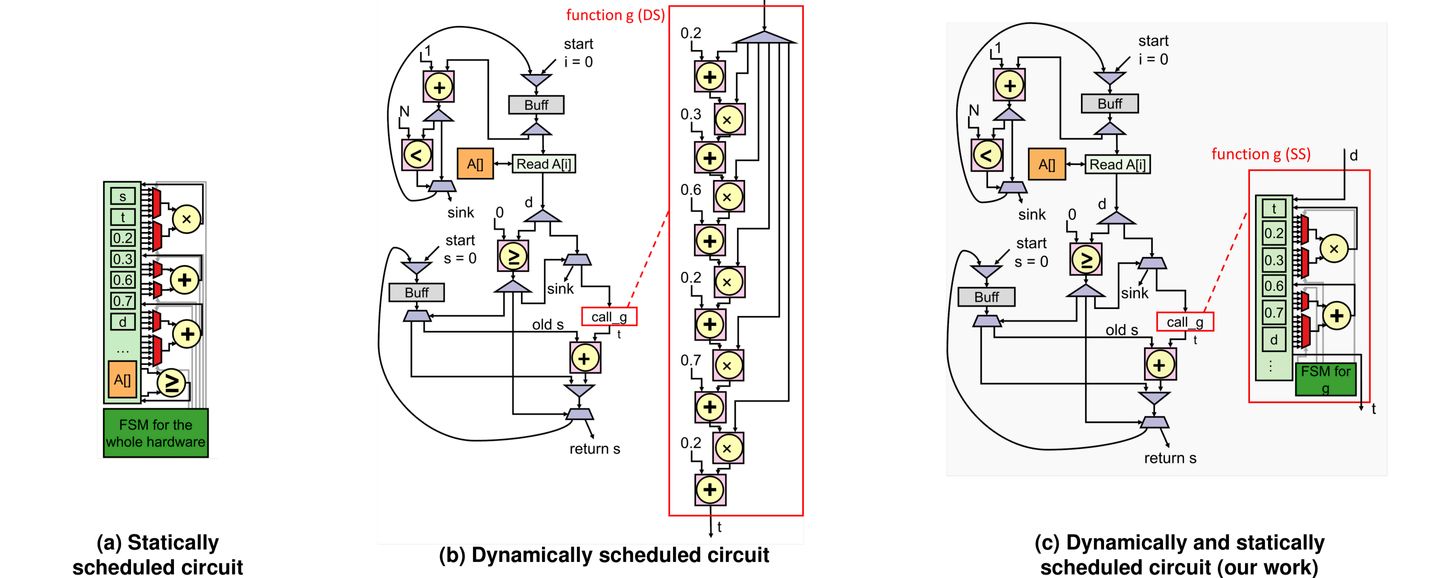
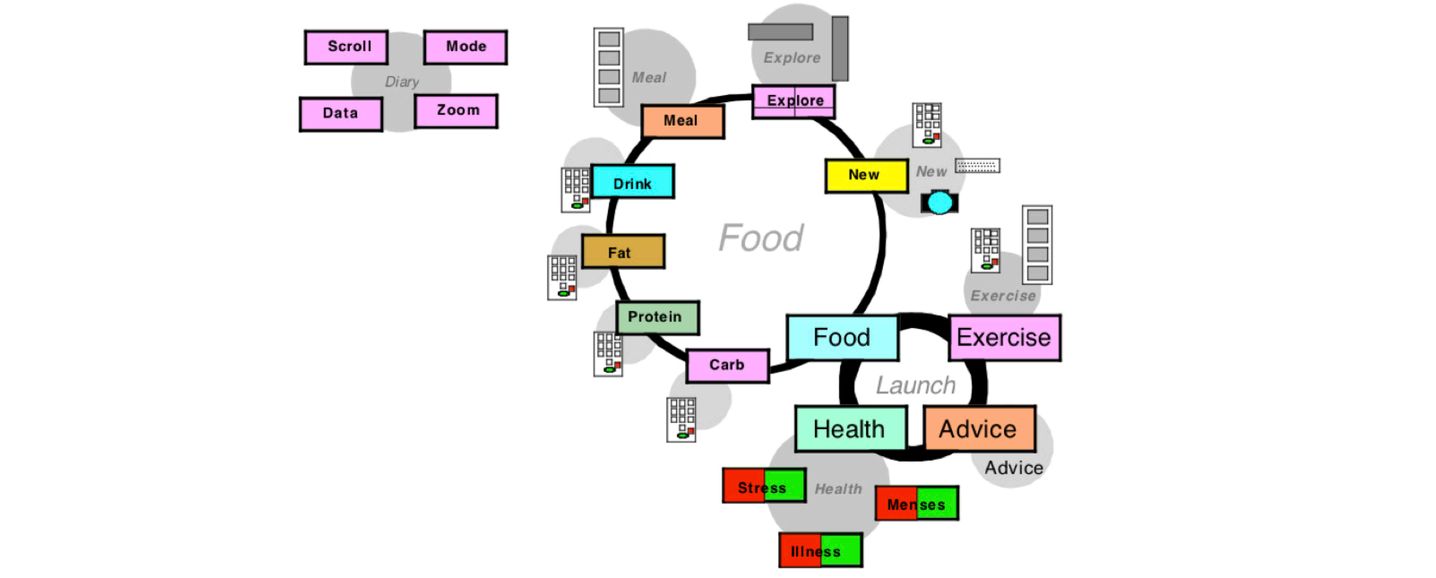
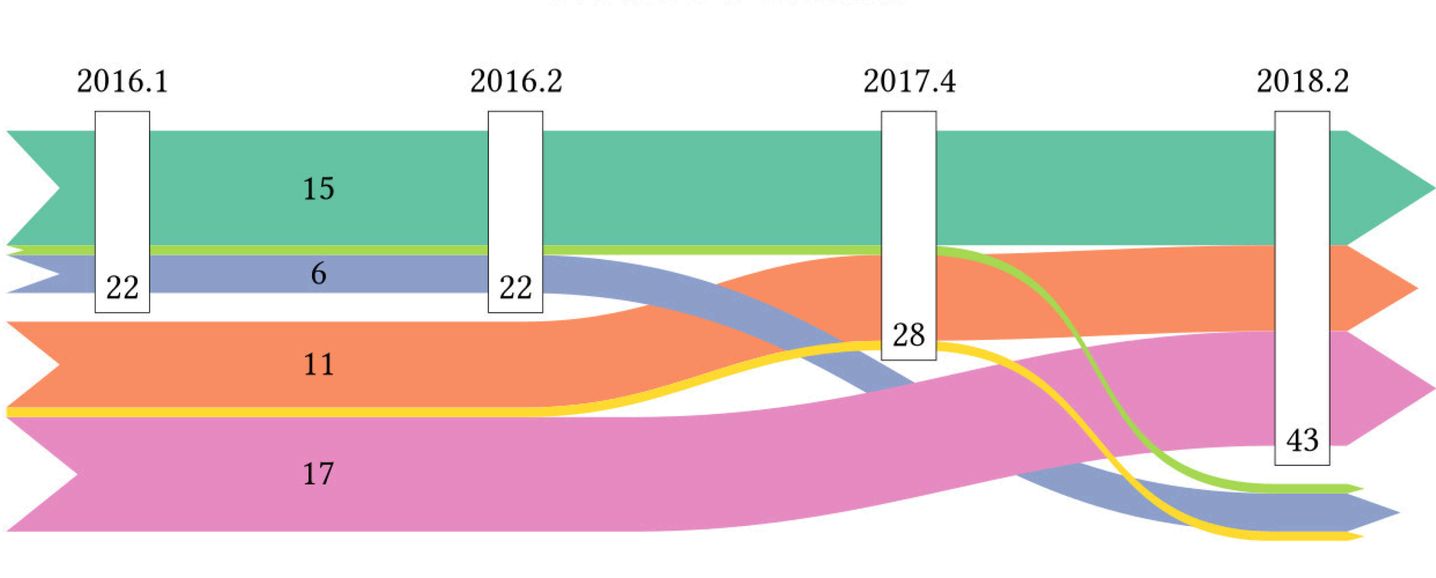
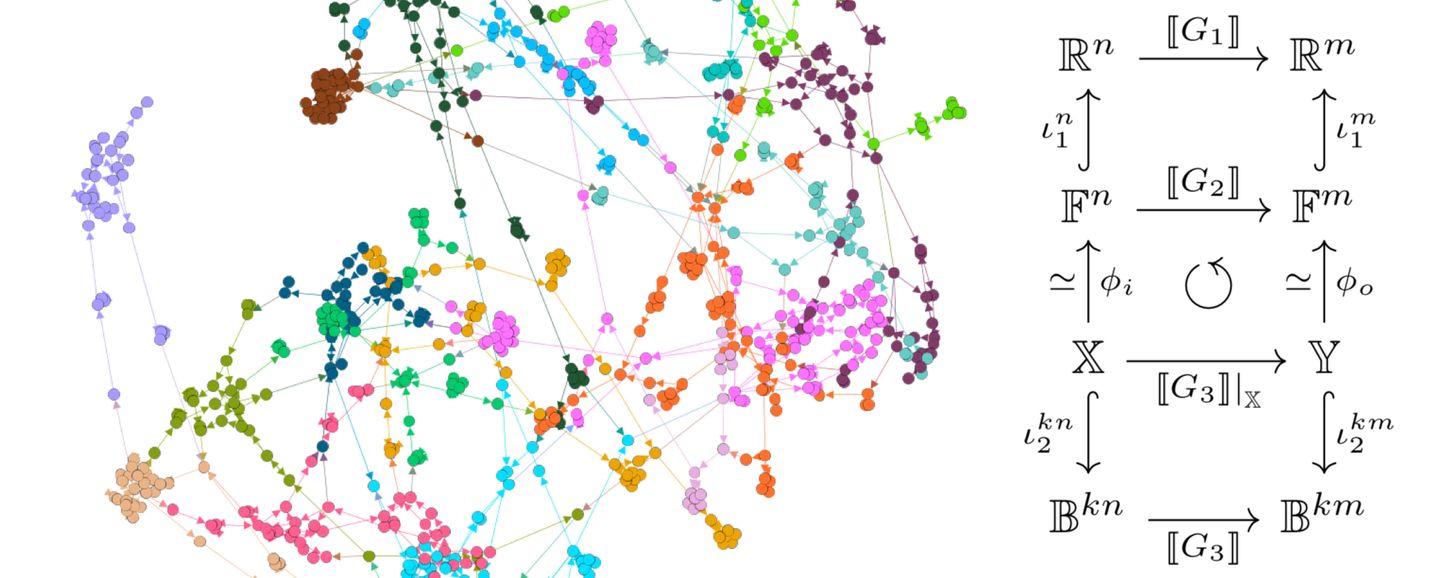
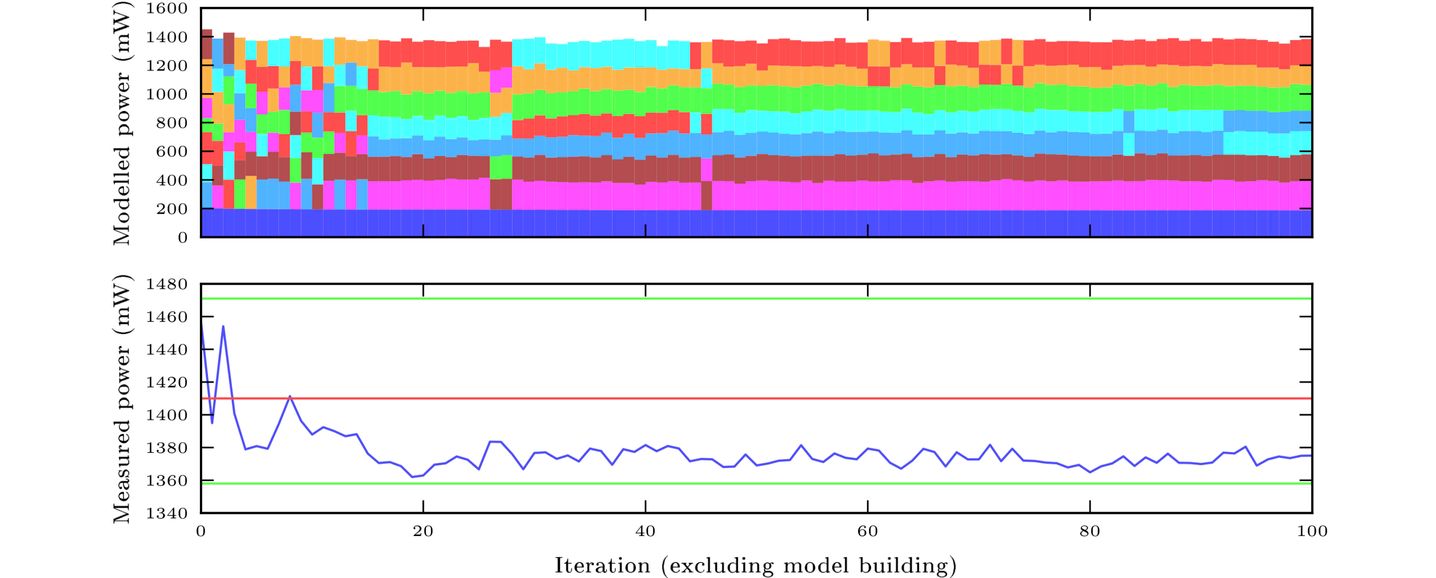
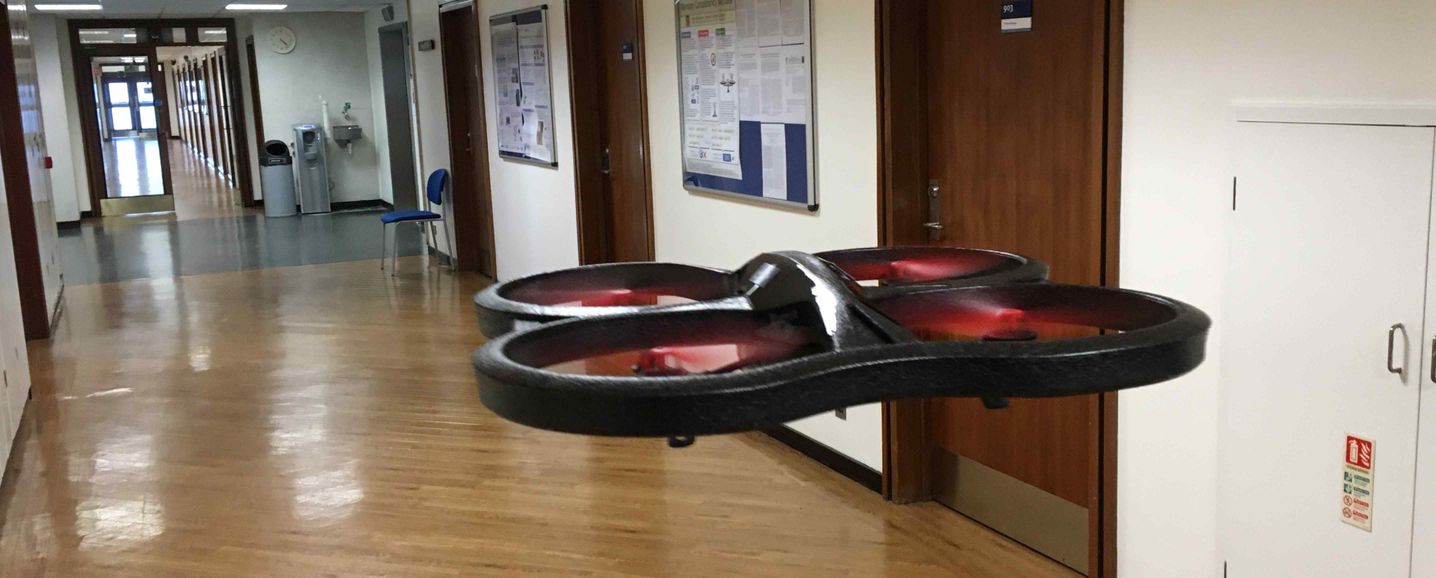
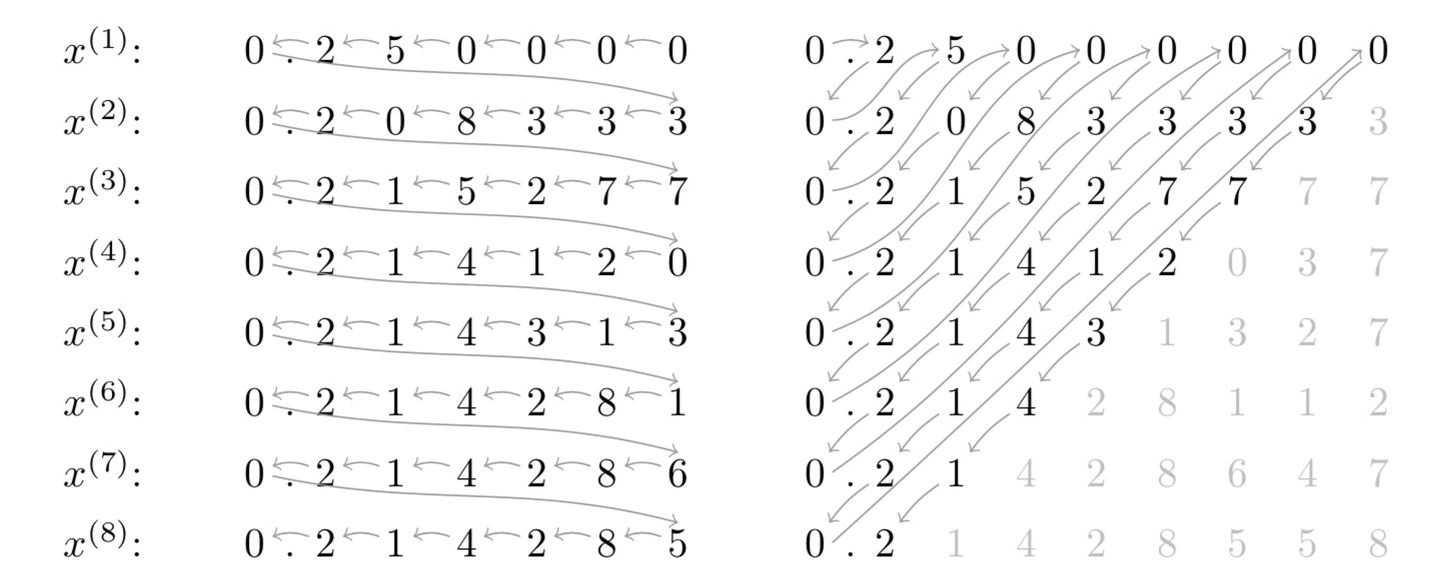
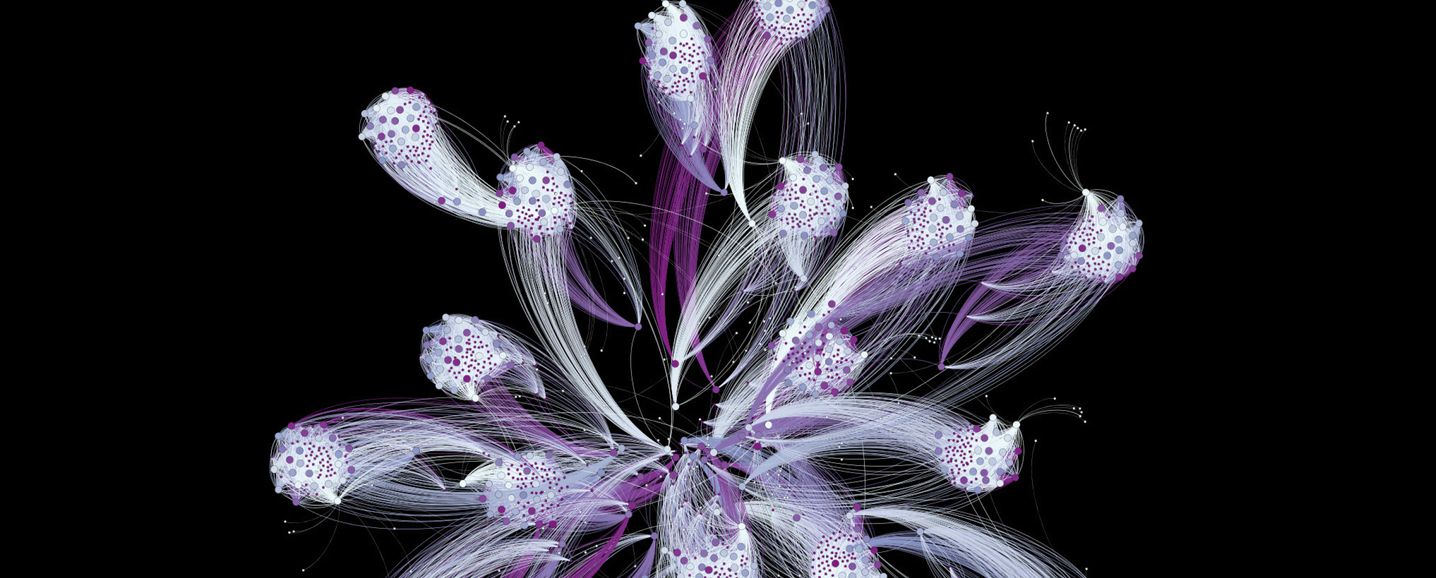
/prod01/channel_3/media/migration/faculty-of-engineering/tim--tojpeg_1560238727561_x4.jpg)
/prod01/channel_3/media/migration/faculty-of-engineering/pantelis--tojpeg_1560239118779_x4.jpg)
/prod01/channel_3/media/migration/faculty-of-engineering/toumazou--tojpeg_1560239202059_x4.jpg)

